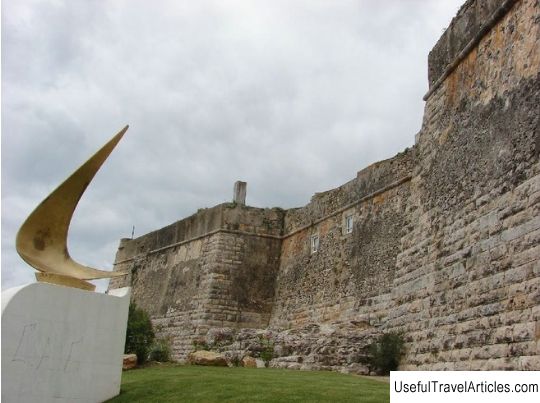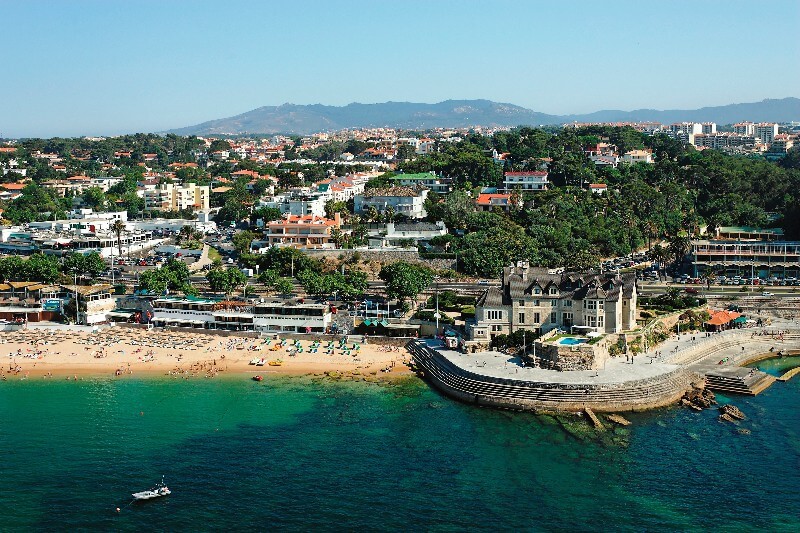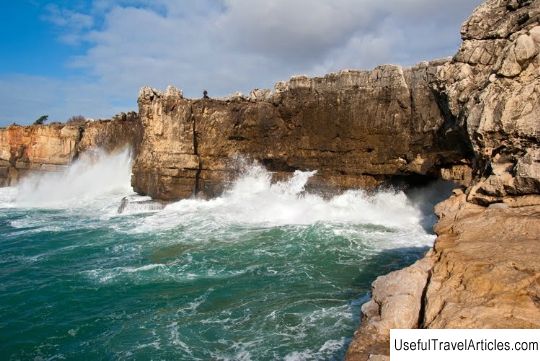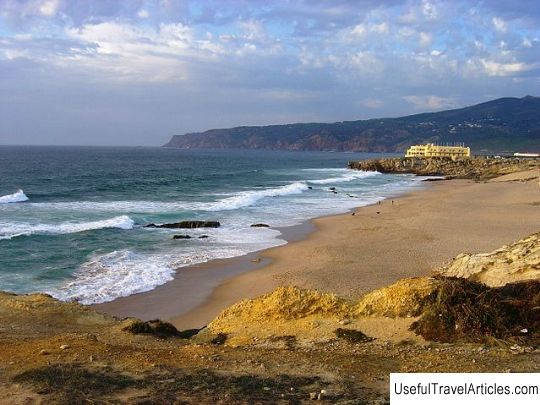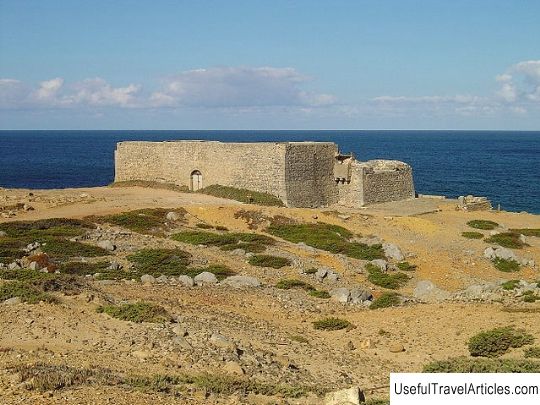Information about the resort of Cascais in Portugal
Rating: 7,9/10 (3507 votes) 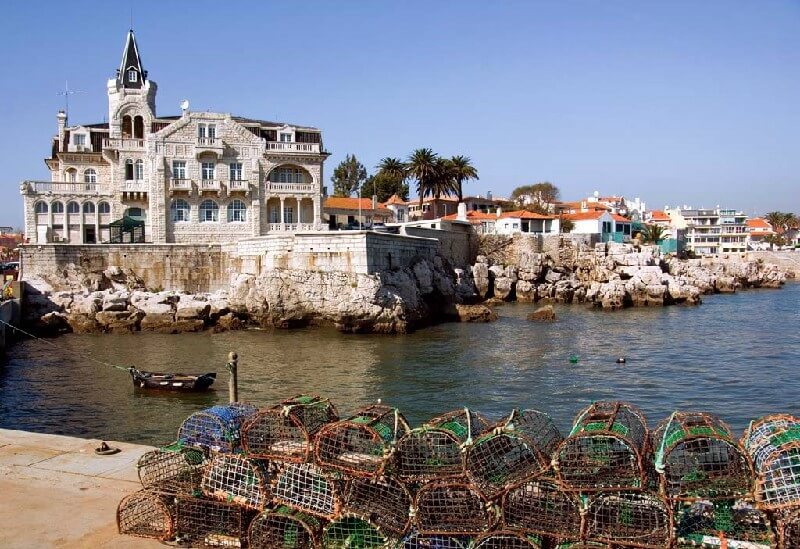 Recreation and tourismThe history of Cascais began in the 12th century: in those days, a small fishing village was located on the site of the modern city, which a century later turned into a fairly large settlement that supplied Lisbon with fish. Throughout the Middle Ages, Cascais remained a town of fishermen and farmers, until at the end of the 15th century, the favorable geographical position at the very beginning of the Mar da Paglia bay led to the construction of a small fortress to protect the capital from the sea. The fortress served well for almost a century, after which, during the war with the Spaniards, it was taken by the Duke of Alba and was soon rebuilt by order of Philip II of Spain. In 1755, the city was severely damaged by the Lisbon earthquake. from which he recovered only after 20 years. By the beginning of the 19th century, the development of Cascais, which had existed for the last half a century at the expense of the royal woolen manufactory, finally stopped and remained in this state until 1870, when the Portuguese royal family chose the city as a summer residence. In the once provincial, despite the proximity to the capital, Cascais began to appear luxurious mansions, casinos, hotels, electricity and a railway from Lisbon were installed. In the 20th century, Cascais entered the city of aristocrats: during the Second World War, many members of the royal families of Spain and Italy found refuge here. Cascais is now a popular Portuguese resort and a traditional weekend destination. When visiting the city, you should pay attention to the following attractions. Guigno - the largest and most famous beach in the city. In general, the beaches of Cascais stretch along the coast for many kilometers, and everyone can choose a suitable place for themselves, but Guigno has an excellent infrastructure, including cafes, changing cabins, sun loungers, showers and a lifeguard team designed to make the rest safe. Guigno has the largest waves and the strongest wind, which makes it popular with kiters, surfers and other extreme lovers. Citadel of Cascais, the one that could not resist the pressure of the Duke of Alba , has survived to this day and, moreover, serves as a summer residence for the president. Part of the old fortress is open to the public and will undoubtedly be of interest to history buffs.  Church of the Assumption of the Virgin Mary - one of the oldest surviving churches in the city. Built in the 16th century, the church still impresses with its nave, decorated with paintings by the famous Portuguese baroque artist Joseph Obidos. Special attention should be paid to gilded wooden altars with skillful carvings and a painting depicting Our Lady by Jose Malhoa, another famous Portuguese painter. The palace of Count Castro Guimaraes was built at the end of the 19th century in Renaissance style by architect Francisco Vilac. Initially, the castle belonged to a wealthy Irishman by the name of O'Neil, who, having gone bankrupt, sold the property to a local aristocrat from the Castro Guimaraes clan. After the death of the latter, the castle passed to the government, and in 1931 it was decided to turn the huge mansion into a museum, in the role of which the castle is still. Visitors will undoubtedly be interested in the old library, which consists of more than 25 thousand books, mostly from the 17th century, and also contains the most valuable illustrated manuscripts. In addition to the library, the owners of the palace managed to collect a collection of Portuguese porcelain and French silverware of the 17-19 centuries. The interiors of the castle and antique furniture have been fully preserved to this day. The Gates of Hell is the most famous natural attraction in Cascais. As a matter of fact, the Gates of Hell is a small grotto a few kilometers from the city, known for the terrible rumble created by the waves in this place. In addition, a little to the side of the grotto, there is a cliff, from which a stunning view of the sea opens up, serving as a constant background for photographs. We also recommend reading Geography and Climate in Rabat Topic: Information about the resort of Cascais in Portugal. |
